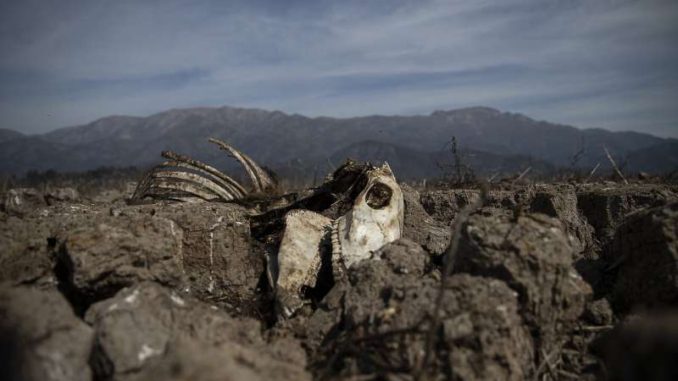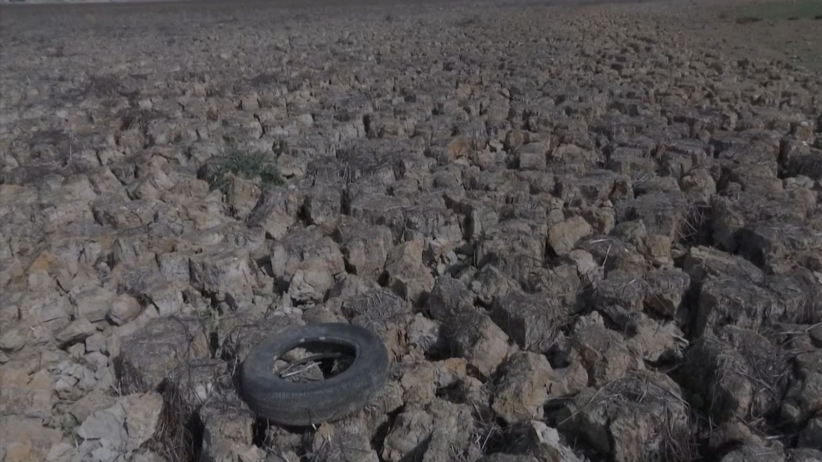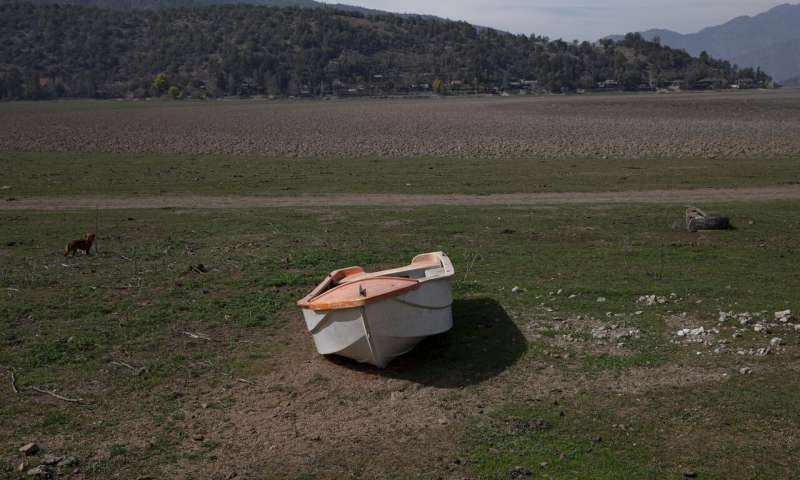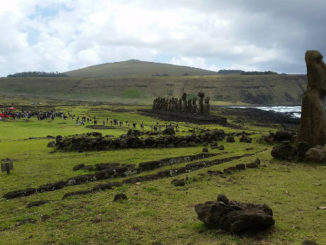
SANTIAGO – The Chilean government has declared an agricultural emergency in many areas to try to fast-track a series of relief measures for farmers, including provision of drinking water and medicine for animals.
Central Chile is in the midst of what scientists have called a Mega Drought — an uninterrupted period of dry years since 2010.
The capital Santiago, home to about half of the country’s population of 18 million and the regions of Coquimbo, Valparaiso and O’Higgins bear the brunt of this year’s drought, the worst in six decades.

Agriculture Minister Antonio Walker said this week that 2019 is one of the driest years Chile has faced in six decades.
“We are talking about a process of desertification rather than a temporary drought or absence of rain problem. We are talking about a tendency that has come to stay,” Felipe Machado, director of the country’s resilience institute.
Officials are increasingly concerned by the effects of climate change after a long-drought. The drought affected a broad area with detrimental effects on water availability and vegetation.
Experts blame climate change and over-exploitation by agriculture are the main factors for the unprecedented drought, which has forced many farmers to leave their land and go out for business.
Concerns have been raised for Chile’s copper-producing industry, the major industry of the South American country, which consumes vast quantities of water.
The emergency status, impacting almost half the country, will see relief measures fast-tracked for the agriculture industry, including drinking water and medicine for animals.

In some areas, water for human consumption has become scarce.
Cattle are collapsing where they stand and reducing to skeletons in the baking heat, and boats have been left abandoned in dried-out marinas.
Chile will host a global conference on climate change in December.



